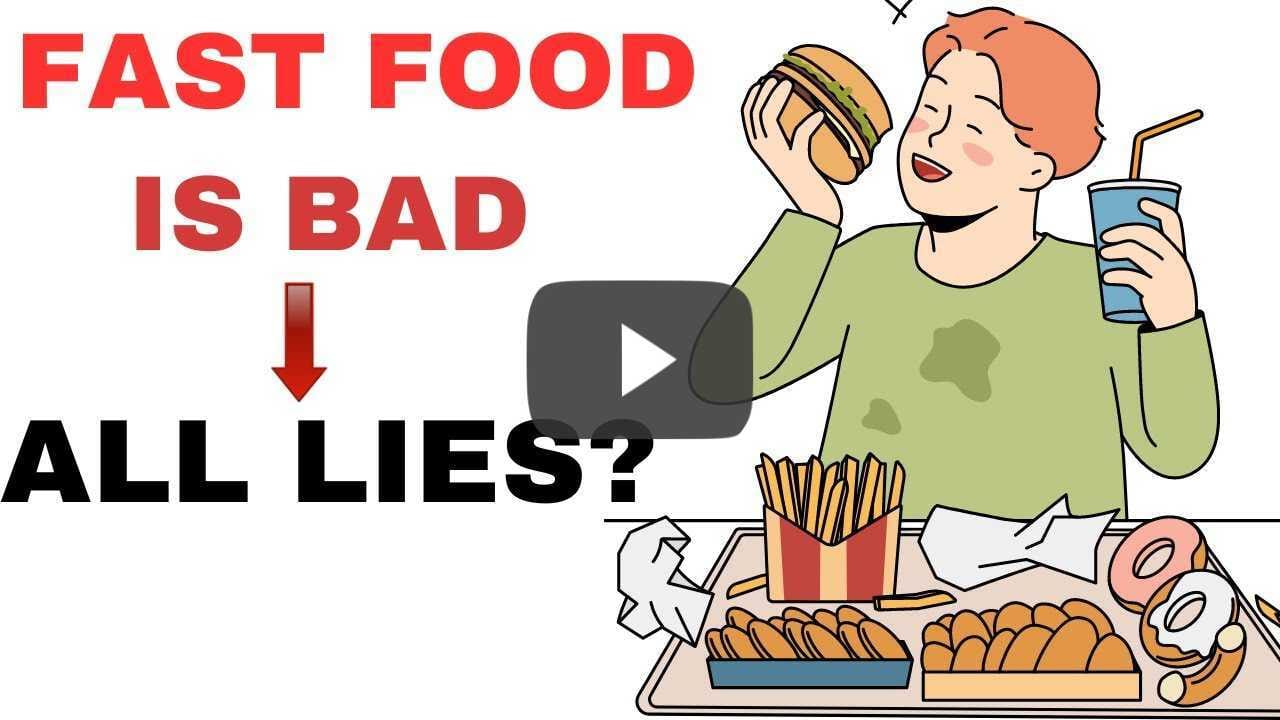❝Your body hears everything your mind says❞
In A Rush?
Today’s 30-Second Summary
If you don’t have time to read the whole email today, here are some key takeaways:
Sprouting seeds, grains, legumes, etc can increase their available nutrients, decrease antinutrients, and even improve levels of antioxidants
Today’s main feature explains the benefits, how to do it easily at home, and what things to watch out for!
Being unable to easily participate in spoken conversations is not just an inconvenience; it’s also a [causal, fixable] risk factor for age-related cognitive decline.
Today’s sponsor, Hear.com, are offering the most cutting-edge dual-processing technology in hearing aids that isolate and separate speech from background noise, now with their latest most advanced device yet!
Today’s featured recipe is for a cashew & chickpea balti; full of health-giving spices and an excellent balance of macronutrients too.
Read on to learn more about these things, or click here to visit our archive
A Word To The Wise
Watch and Learn
Is Fast Food Really All That Bad?
Yes, yes it is. However, most people misunderstand the nature of its badness, which is what causes the problems:
Prefer text? The above video will take you to a 10almonds page with a text-overview, as well as the video!
Saturday Life Hacks
Good Things Come In Small Packages
“Sprouting” grains and seeds—that is, allowing them to germinate and begin to grow—enhances their nutritional qualities, boosting their available vitamins, minerals, amino acids, and even antioxidants.
You may be thinking: surely whatever nutrients are in there, are in there already; how can it be increased?
Well, the grand sweeping miracle of life itself is beyond the scope of what we have room to cover today, but in few words: there are processes that allow plants to transform stuff into other stuff, and that is part of what is happening.
Additionally, in the cases of some nutrients, they were there already, but the sprouting process allows them to become more available to us. Think about the later example of how it’s easier to eat and digest a ripe fruit than an unripe one, and now scale that back to a seed and a sprouted seed.
A third way that sprouting benefits us is by reducing“antinutrients”, such as phytic acid.
Let’s drop a few examples of the “what”, before we press on to the “how”:
Sounds great! How do we do it?
First, take the seeds, grains, nuts, beans, etc that you’re going to sprout. Fine examples to try for a first sprouting session include:
Grains: buckwheat, brown rice, quinoa
Legumes: soy beans, black beans, kidney beans
Greens: broccoli, mustard greens, radish
Nuts/seeds: almonds, pumpkin seeds, chia seeds
Note: whatever you use should be as unprocessed as possible to start with:
On the one hand, you’d be surprised how often “life finds a way” when it comes to sprouting ridiculous choices
On the other hand, it’s usually easier if you’re not trying to sprout blanched almonds, split lentils, rolled oats, or toasted hulled buckwheat.
Second, you will need clean water, a jar with a lid, muslin cloth or similar, and a rubber band.
Next, take an amount of the plants you’ll be sprouting. Let’s say beans of some kind. Try it with ¼ cup to start with; you can do bigger batches once you’re more confident of your setup and the process.
Rinse and soak them for at least 24 hours. Take care to add more water than it looks like you’ll need, because those beans are thirsty, and sprouting is thirsty work.
Drain, rinse, and put them in a clean glass jar, covering with just the muslin cloth in place of the lid, held in place by the rubber band. No extra water in it this time, and you’re going to be storing the jar upside down (with ventilation underneath, so for example on some sort of wire rack is ideal) in a dark moderately warm place (e.g. 80℉ / 25℃ is often ideal, but it doesn’t have to be exact, you have wiggle-room, and some things will enjoy a few degrees cooler or warmer than that)
Each day, rinse and replace until you see that they are sprouting. When they’re sprouting, they’re ready to eat!
Unless you want to grow a whole plant, in which case, go for it (we recommend looking for a gardening guide in that case).
But watch out!
That 80℉ / 25℃ temperature at which our sprouting seeds, beans, grains etc thrive? There are other things that thrive at that temperature too! Things like:
E. coli
Salmonella
Listeria
…amongst others.
So, some things to keep you safe:
If it looks or smells bad, throw it out
If in doubt, throw it out
Even if it looks perfect, blanch it (by boiling it in water for 30 seconds, before rinsing it in cold water to take it back to a colder temperature) before eating it or refrigerating it for later.
When you come back to get it from the fridge, see once again points 1 and 2 above.
Ideally you should enjoy sprouted things within 5 days.
Want to know more about sprouting?
You’ll love this book that we reviewed recently:
Enjoy!
Our Sponsors Make This Publication Possible
Meet the device ushering in a new era of hearing clarity
Discover unparalleled speech clarity with this advanced, state-of-the-art hearing aid. With crystal-clear sound delivered to your ears and a sleek, discreet design powered by German technology, you can now enjoy clear speech with minimum background distractions, even in the noisiest environments.
Take comfort in our commitment to your hearing and try our 45-day no-risk trial today.
Please do visit our sponsors—they help keep 10almonds free
This Or That?
Vote on Which is Healthier
Yesterday we asked you to choose between lettuce and arugula—we picked the arugula (click here to read about why), as did 87% of you!
Now for today’s choice:
Click on whichever you think is better for you!
Recipes Worth Sharing
Cashew & Chickpea Balti
When it comes to curries, the humble balti is perhaps the best when you don’t have all day to let something simmer. Filled with healthful spices, this one also comes complete with lots of fiber as well as healthy proteins and fats, with most of its calories coming from the nuts themselves, and the haricot paste base makes for a deliciously creamy curry without having to add anything unhealthy:
Click below for our full recipe, and learn its secrets:
One-Minute Book Review
Heart Smarter for Women: Six Weeks to a Healthier Heart – by Dr. Jennifer Mieres
Dr. Mieres takes us through understanding our own heart disease risks as individuals rather than as averages. As the title suggests, she does assume a female readership, so if you are a man and have no female loved ones, this might not be the book for you. But aside from that, she walks us through examining risk in the context of age, other health conditions, lifestyle factors, and so forth—including not turning a blind eye to factors that might intersect, such as for example if a physical condition reduces how much we can exercise, or if there’s some reason we can’t follow the usual gold standard of heart-healthy diet.
On which note, she does offer dietary advice, including information around recipes, meal-planning, and what things to always have in stock, as well as what things matter the most when it comes to what and how we eat.
It’s not all lifestyle medicine though; Dr. Mieres gives due attention to many of the medications available for heart health issues—and the pros and cons of these.
The style of the book is very simple and readable pop-science, without undue jargon, and with a generous glossary. As with many books of this genre, it does rely on (presumably apocryphal) anecdotes, though an interesting choice for this book is that it keeps a standing cast of four recurring characters, each to represent a set of circumstances and illustrate how certain things can go differently for different people, with different things then being needed and/or possible. Hopefully, any given reader will find themself represented at least moderately well somewhere in or between these four characters.
Bottom line: this is a very informative and accessible book, that demystifies a lot of common confusions around heart health.
Penny For Your Thoughts?
What did you think of today's newsletter?
Wishing you a wonderfully restorative weekend,
The 10almonds Team









